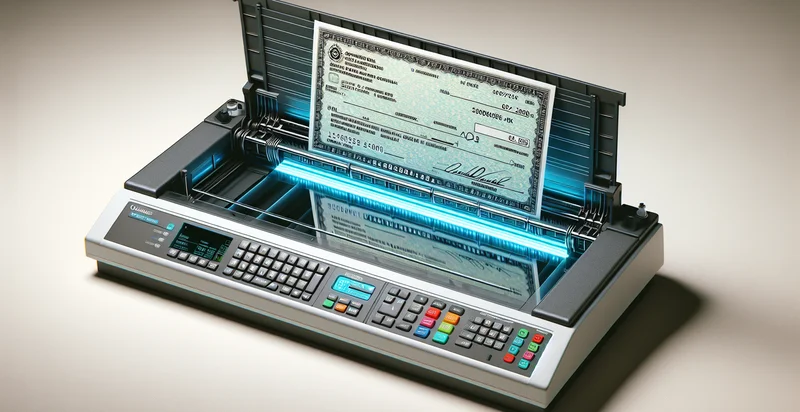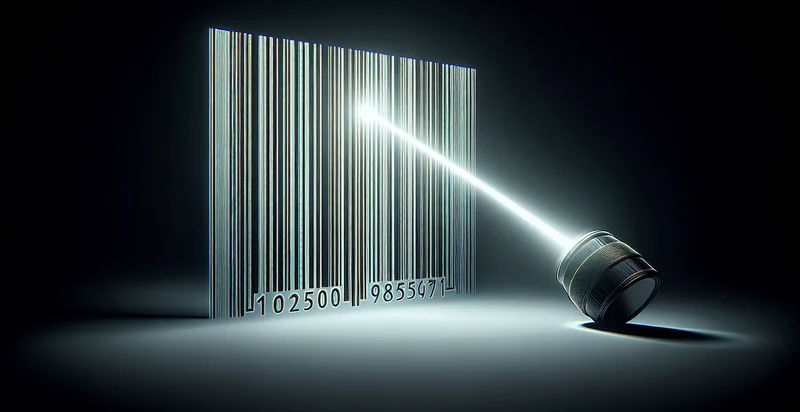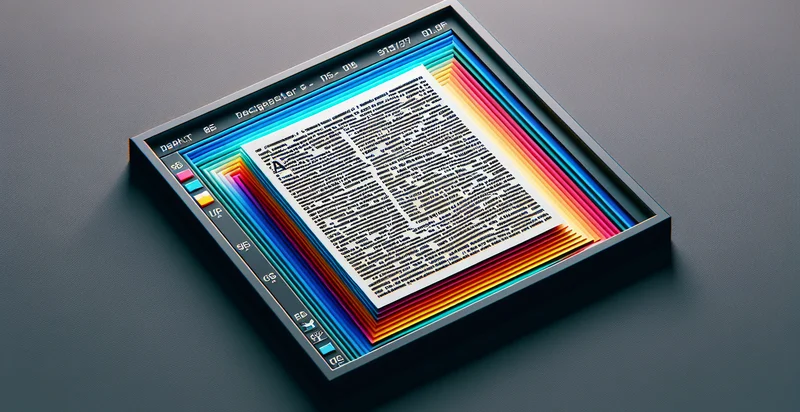Identify check scan quality
using AI
Below is a free classifier to identify check scan quality. Just upload your image, and our AI will predict the quality of the scanned document - in just seconds.

Contact us for API access
Or, use Nyckel to build highly-accurate custom classifiers in just minutes. No PhD required.
Get started
import nyckel
credentials = nyckel.Credentials("YOUR_CLIENT_ID", "YOUR_CLIENT_SECRET")
nyckel.invoke("check-scan-quality", "your_image_url", credentials)
fetch('https://www.nyckel.com/v1/functions/check-scan-quality/invoke', {
method: 'POST',
headers: {
'Authorization': 'Bearer ' + 'YOUR_BEARER_TOKEN',
'Content-Type': 'application/json',
},
body: JSON.stringify(
{"data": "your_image_url"}
)
})
.then(response => response.json())
.then(data => console.log(data));
curl -X POST \
-H "Content-Type: application/json" \
-H "Authorization: Bearer YOUR_BEARER_TOKEN" \
-d '{"data": "your_image_url"}' \
https://www.nyckel.com/v1/functions/check-scan-quality/invoke
How this classifier works
To start, upload your image. Our AI tool will then predict the quality of the scanned document.
This pretrained image model uses a Nyckel-created dataset and has 10 labels, including Acceptable Quality, Excellent Quality, Fair Quality, Good Quality, High Quality, Low Quality, Marginal Quality, Unacceptable Quality, Usable Quality and Very Poor Quality.
We'll also show a confidence score (the higher the number, the more confident the AI model is around the quality of the scanned document).
Whether you're just curious or building check scan quality detection into your application, we hope our classifier proves helpful.
Related Classifiers
Need to identify check scan quality at scale?
Get API or Zapier access to this classifier for free. It's perfect for:
- Quality Assurance in Scanning Services: This function can be integrated into scanning services to automatically evaluate the quality of scanned images. By identifying false images, businesses can ensure that only high-quality scans are processed and delivered to clients, reducing the risk of errors in documentation.
- Automated Document Processing: In the context of document management systems, the function can classify scanned images to identify low-quality or false scans. This allows organizations to streamline their processing workflow by filtering out unusable images and focusing on high-quality content for data extraction.
- Image Archiving Optimization: When scanning large volumes of documents for archiving, this function can help assess the quality of scans in real-time. By automatically flagging false images, businesses can enhance their archiving processes and ensure that only usable materials are stored, saving both time and storage resources.
- Compliance and Regulatory Checks: In industries where compliance is crucial, such as healthcare and finance, this function can assist in verifying the quality of scanned documents. By identifying false images, businesses can uphold regulatory standards and ensure that all documentation meets necessary criteria for accuracy and legibility.
- Enhanced Customer Support: Customer service teams can utilize the false image classification function to verify scanned documents submitted by clients. By automatically filtering out low-quality submissions, the team can expedite the review process and provide faster resolutions to customer inquiries.
- Print Quality Control: In printing environments, this function can be employed to assess the quality of scanned images before they are sent to the print queue. Identifying false images ensures that only high-quality prints are produced, minimizing waste and improving overall print accuracy.
- Training and Model Improvement: Businesses can leverage the false image classification function to collect data on scanning errors and improve the underlying scanning and image capture technologies. By understanding the types of false images generated, organizations can refine their systems to reduce occurrence and enhance image quality over time.


